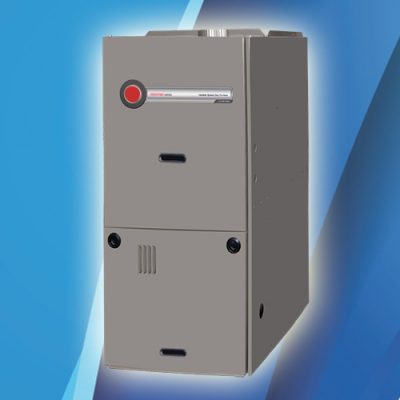BLOG
Top 6 Features of a Gas Furnace
 Are you in the market for a new gas furnace? If so, you are in luck. Today’s furnaces are significantly more efficient than the one you are likely replacing. They are engineered for the highest efficiency so they are great for the environment and your wallet. While the cost of a new furnace may be high, you will enjoy substantial savings on your energy bills that add up to considerable savings over the life of your system.
Are you in the market for a new gas furnace? If so, you are in luck. Today’s furnaces are significantly more efficient than the one you are likely replacing. They are engineered for the highest efficiency so they are great for the environment and your wallet. While the cost of a new furnace may be high, you will enjoy substantial savings on your energy bills that add up to considerable savings over the life of your system.
Here are some features to look for when shopping for a new furnace.
- Variable-Speed Blower
Variable-speed blowers adjust the rate air is delivered when less heat is needed. They also make less noise, and produce fewer drafts and uncomfortable swings in temperature. ECM variable-speed motors are the most efficient because they incorporate a number of smart features that allow them to adjust for the exact amount of air needed and there is no wasted energy. - AFUE (Annual Fuel Utilization Efficiency) of 80% to 96%
Standard efficiency furnaces have an AFUE rating of 80%. The upfont cost is lower for these furnaces, but they cost more to operate and don’t qualify for tax credits. Higher efficiency furnaces have an AFUE rating of 90-96%. They cost more to purchase, but can save hundreds of dollars a year on fuel costs. These furnaces have the most advanced features and often qualify for tax credits. - Variable Heat Output
This feature combines with the variable-speed blower to increase efficiency and comfort. The amount of heat the furnace delivers varies automatically, usually between two levels. This enables the furnace to put out heat more continuously than it could with a fixed heat output. - Air Filtration
An electronic filter, which uses an electrical charge to help trap particles, or a high-efficiency particulate-arresting (HEPA) filter fitted in your furnace can reduce the amount of dust blown through the heating system. This can be particularly beneficial for people with asthma or other chronic lung diseases. - Ignition System
The ignition system creates a spark to ignite the gas. Furnaces have traditionally been ignited by a pilot light—a continuous flame that lights the burners when signaled. Most new furnaces have eliminated the pilot light and replaced it with intermittent, direct spark or hot-surface ignition. The two major types found in furnaces today are silicon carbide ignitors (standard on most newer furnaces) and nitride hot surface ignitors (these last longer and may have lifetime warranties). The newer ignition systems increase efficiency that is reflected in a furnace’s higher AFUE rating. - Warranty
All the major furnace brands come with a good warranty. Look for specifics on:
- Furnace Heat Exchanger Warranty – the heat exchanger is difficult to repair and expensive to replace. Common warranties are 10-20 years and some are lifetime.
- Manufacturer Parts Warranty – Most manufacturers offer a standard 5-year parts warranty and some offer a 15-year extended warranty.
- Manufacturer Labor Warranty – Typically furnaces installed by a qualified contractor will include a 1-year warranty on labor. Extended warranties for labor may be available through the contractor.
- Contractor Parts and Labor Extended Warranty – Typically these warranties must be purchased along with the furnace, or within a year of purchase. Weigh the cost against the cost of an expensive repair down the road (like a heat exchanger replacement). Only deal with a reputable, qualified local contractor you know will be around for the life of your system.



